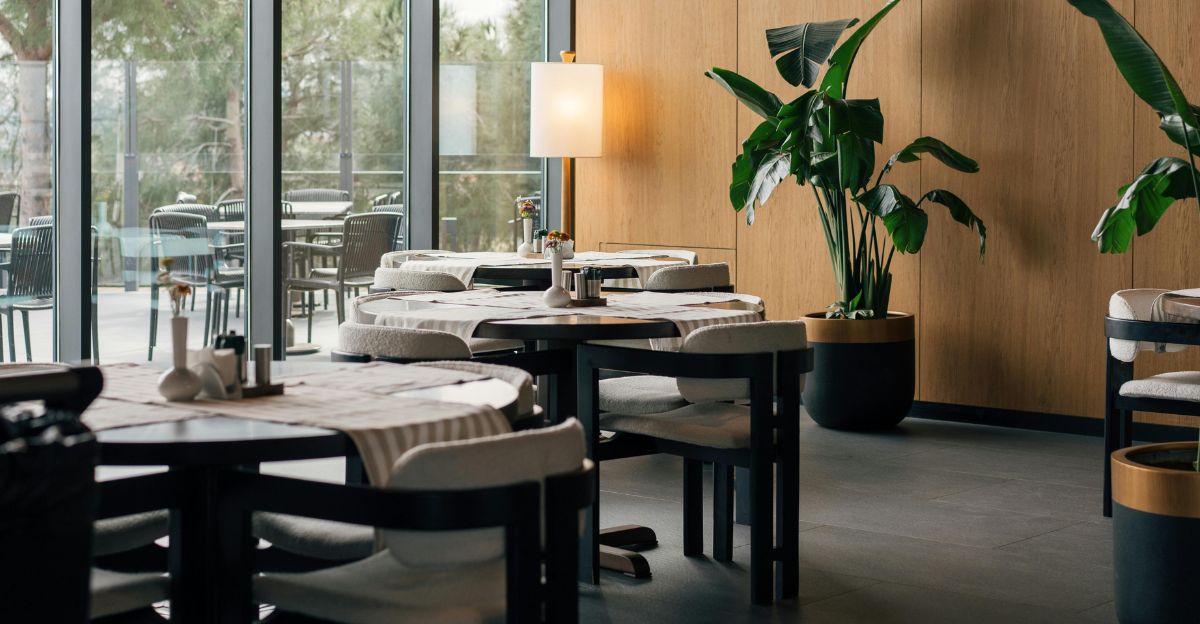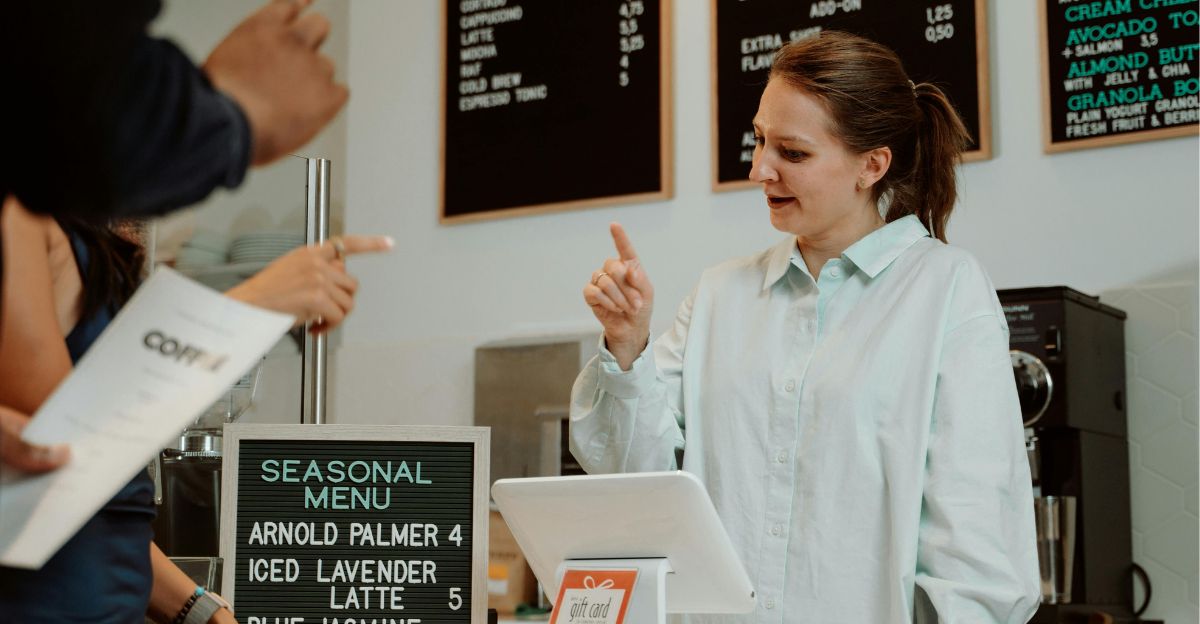
The surprise closing of over 30 Hooters restaurants across the U.S. isn’t another corporate merger. However, it would seem so, it’s a surprise to the casual dining industry and a wake-up call to all old-fashioned brands. Sure, some people may interpret this as the end of an era, but the corporation presents it as a “difficult decision” to ensure its future.
Unfortunately, beneath the headlines is a much bigger story of altering behavioral patterns and buying habits, inflationary pressures, troubling hints of a pecuniary slowdown, and the need to create or die. So what’s the deal, and what does it say about the bigger picture for dining in America? Let’s break it down.
Bankruptcy and $376 million in debt

The Hooters situation was not a simple speed bump. In March 2024, Hooters filed for Chapter 11 bankruptcy in court and cited nearly $376 million in debt.
It was not simply a one-time financial blunder but a structural crisis, forcing the brand to reckon with high, unsustainable cost structures and a business model simply too legitimately unfit for the times. The closings are all part of a broader debt-reduction and cost-cutting restructuring plan to secure the brand’s future but not its demise.
Strategic Realignment Through Franchise Expansion

A resolute transition from corporate-owned units to an entirely franchised business is central to Hooters’ plan. It’s selling its 151 company-owned stores to a franchise group headed by the brand’s founders, who currently hold most of the company’s best-performing units.
This isn’t just about a cost reduction; it is about risk transfer, realizing efficiencies to transfer risk, and following a model that competitors have shown was resilient when facing adverse times.
Communities React to Abrupt Store Closures

In most cases, the closings were a harsh shock to employees. Employees supposedly came to work to find locked doors without prior notice, engendering public outcry and viral footage of crying employees.
Critics are calling out the lack of prior notice and transparency in opening the book on the truths behind corporate restructurings. Despite Hooters’ invoking support for affected staff members, the economic and emotional cost to employees is not to be argued, raising questions around industry expectations of employee treatment.
Rising Prices and the Struggle for Value in Casual Dining

Hooters is not alone in its woes. Inflation is battering the fast casual segment, rising food and labor costs, and shifting consumer spending patterns.
Off-premise sales (e.g., GrubHub, DoorDash) expand consumer food options immensely, while sit-down restaurants are shrinking as they try to leverage their experiential-based dining model to drive menu prices, which are primarily the cause of the industry teetering on the edge of leverage destruction.
Some major brands, such as Red Lobster, Applebee’s, and TGI Fridays, have closed stores and face the real consequences of this movement.
The Battle of Tradition vs Change to suit the consumer demand for value and price

Hooters has a brand nostalgia identity, defined by the brand’s uniforms and sports bar culture. Yet the brand has a generational dilemma: younger consumers look for more variegated, inclusive, and experiential ideas.
To respond, Hooters is offering thinly disguised suggestions to return to providing original uniforms and recipes,” to get back to reliving its early days.” But is that enough, or will the brand become irrelevant if it fails to innovate?
Navigating Growth and Accountability in Franchise Systems

The move toward franchising has clear cash advantages, lower overhead, management in-market, and protection from economic downturns.
But with that comes the loss of control over brand standard and customer experience. For Hooters, the wager is that a more efficient, franchise-driven model will weather the existing storm, even if it brings new dangers of inconsistency and diluted brand identity.
Leveraging International Markets for Sustainable Growth

While U.S. closings dominate the headlines, Hooters points to international expansion and ancillary revenues, such as frozen food offerings in supermarkets.
The chain reports having about 300 stores outside the United States, with foreign markets and non-traditional stores offering a lifeline. Diversification is part of a broader trend among struggling American chains: when the domestic market gets tough, go abroad or redesign the product.
How Market Changes Trigger Cultural Transformations

Hooters’ decline of underperforming locations is more than a business story. It’s a harbinger of things to come in casual dining. Expect a wave of similar closings, consolidation, and reinvention as brands catch on to changing consumer needs.
Supply chains will feel the shockwaves in commercial real estate and local economies. Culturally, passing “breastaurant” concepts signals shifting attitudes towards gender, hospitality, and what Americans expect from an evening on the town.
Embracing Transformation as a Path to Survival

To close more than 30 restaurants is not a retreat for Hooters but a tough, if painful, step toward survival. In an economy where the past collides with new realities, only those brands willing to shed legacy baggage, embrace operational discipline, and innovate will thrive.
The store closures are an eye-opener: sentiment has no role in today’s economy as a substitute for strategy. The only path for Hooters and its rivals is steady evolution, because the following days are around the bend.
Discover more trending stories and Follow us to keep inspiration flowing to your feed!

Craving more home and lifestyle inspiration? Hit Follow to keep the creativity flowing, and let us know your thoughts in the comments below!
